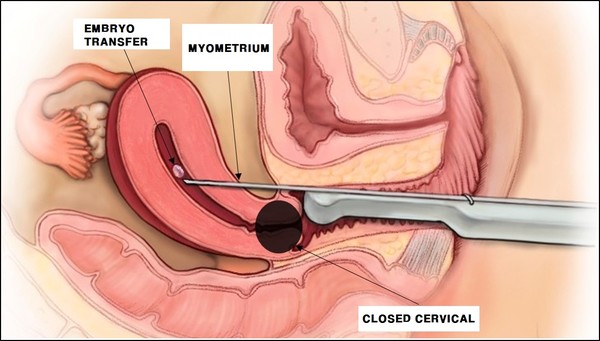RELATED Live.
- About us
- KIMA Members
-
KIMA Doctors
- All
- Anesthesiology
- artificial joint center
- Breast and Endocrine Surgery
- Breast cancer and thyroid cancer center
- Breast Surgery
- Cardiology
- Cardiothoracic Surgery
- Cerebrovascular Center
- Colorectal Surgery
- dental and maxillofacial surgery
- Dermatology
- Endocrinology
- Gastroenterology
- General Surgery
- Genito-Urology
- Hematology
- Hemato-oncology
- Infection Center
- Internal Medicine
- International Healthcare Center
- Korean Medicine
- liver center/Pancreas and billiary tract center
- Liver Transplantation
- Neurology
- Neurosurgery
- Obstetrics & Gynecology
- Ophthalmology
- Orthopedic
- Otorhinolaryngology
- Pediatric & Juvenile
- Pediatric Allergy and Respiratory Diseases
- Pediatric Gastroenterology
- Pediatric Neurology
- Pediatrics
- Physical Medicine & Rehabilitation
- Plastic & Reconstructive Surgery
- plastic surgery
- Pulmonology
- Radiation oncology
- Rheumatology
- Thyroid & Endocrine Surgery
- Urology
- Vascular Surgery
- KIMA News
- KIMA Live
- Community
KIMA NEWS
An obstetrics/gynecology team at Seoul National University Bundang Hospital (SNUBH) has presented a successful case of pregnancy and childbirth by a patient who had received robot-assisted extensive cervical resection by conducting “transmyometrial embryo transfer.”
Cervical cancer refers to a tumor found in the cervix, the entrance to the vagina within a woman’s uterus. The early discovery of cervical cancer in women of childbearing age has become possible recently, leading to the development of a surgical method that removes only the cervix rather than the entire uterus to preserve fertility.

From left, Professors Kim Seul-ki, Suh Dong-hoon, and Kim Hyun-jee at Seoul National University Bundang Hospital (SNUBH)’s Department of Obstetrics and Gynecology have presented a successful case of pregnancy and childbirth by a woman who had received a robot-assisted radical trachelectomy by conducting “transmyometrial embryo transfer.”
The problem is the method can close or narrow the cervix, blocking the entrance to the uterus. In this case, a woman with a functioning uterus finds it difficult to get pregnant due to physical structure. Embryo transfer can be used to artificially transplant the embryo that went through external fertilization into the uterus. However, like spontaneous pregnancy, embryo transfer is done through the cervix. In many patients who cannot expand the cervix, even embryo transfer is difficult.
However, the research results of Professors Kim Seul-ki, Suh Dong-hoon, and Kim Hyun-jee will likely give hope to these patients, the hospital said.

According to their report, a 30-year-old woman was diagnosed with stage 1 cervical cancer last year and received a robot-assisted radical trachelectomy. After three months, her cervix was closed. However, the three professors conducted an embryo transfer that passed through myometrium, making her safe pregnant and give birth to a baby safely.
The woman had atresia uteri after extensive surgical removal of the cervical. As expanding her cervix became impossible, she faced a situation to give up pregnancy. However, the mother was desperate and became pregnant with the help of the professors. Instead of going through the entry of the uterus, they inserted a catheter, a very thin metal pipe, through the myometrium that enabled embryo transfer and successful pregnancy.
In transmyometrial embryo transfer, the location of the catheter should be known with only ultrasonic imaging. Transferring the embryo to exact is such a sophisticated technique that it is rarely performed. It was the first successful transmyometrial embryo transfer, making pregnancy and childbirth possible by a woman who underwent radical robotic trachelectomy.
“Women who received a radical trachelectomy and has a structural abnormality of the cervix can try to get pregnant through transmyometrial embryo transfer,” Professor Kim Seul-ki said. “If the research continues and many successful cases pile up, it will provide a choice for couples going through difficulties with pregnancy.”
The research result was published in the journal Clinical and Experimental Reproductive Medicine.
Inquiry